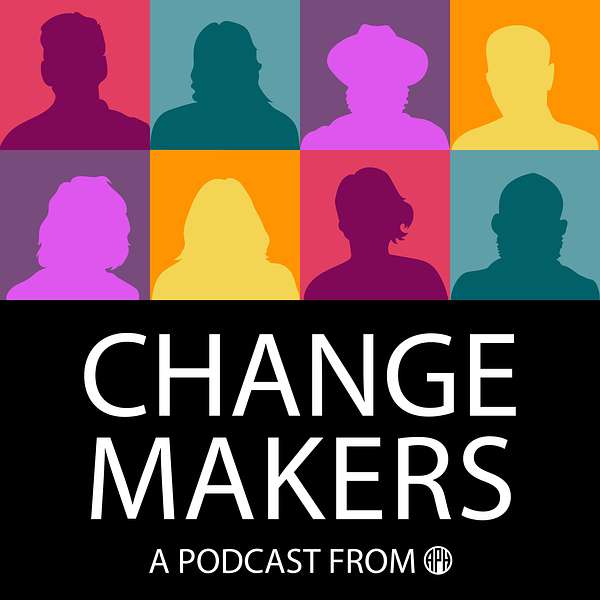
Change Makers: A Podcast from APH
American Printing House has a big goal: a future that belongs to everyone. For more than 160 years APH has created products that provide access for people who are blind or low vision. To create a world that welcomes everyone, we know it's going to take a lot of change makers. Join us as we highlight the people who are making the biggest difference in our field. We'll talk to everyone from CEOs to students. Know someone we should highlight? Email communications@aph.org.
Podcasting since 2020 • 109 episodes
Change Makers: A Podcast from APH
Latest Episodes
How Changes in Washington Can Impact You
On this episode, learn what's going on in Washington, D.C. to hear how changes coming out of our nations’ capitol can impact you. After that, enjoy a Tech Takeaway with quick tips on using the Monarch. On this episode (In order o...
•
Episode 124
•
43:40

Tools That Expand Access to Braille
On this episode of Change Makers, learn about a cool product that allows individuals who are blind or low vision to turn their Perkins Brailler into a BlueTooth keyboard. After learning about Paige Connect, hear the latest from Braille Tales an...
•
Episode 123
•
22:08

APH Blind Musicians Collection
On this episode of Change Makers, learn about the APH Blind Musicians Collection and the beneficial services that the wonderful READS librarians provide.Participants (In order of appearance)NarratorVeronica P...
•
Episode 122
•
20:07


